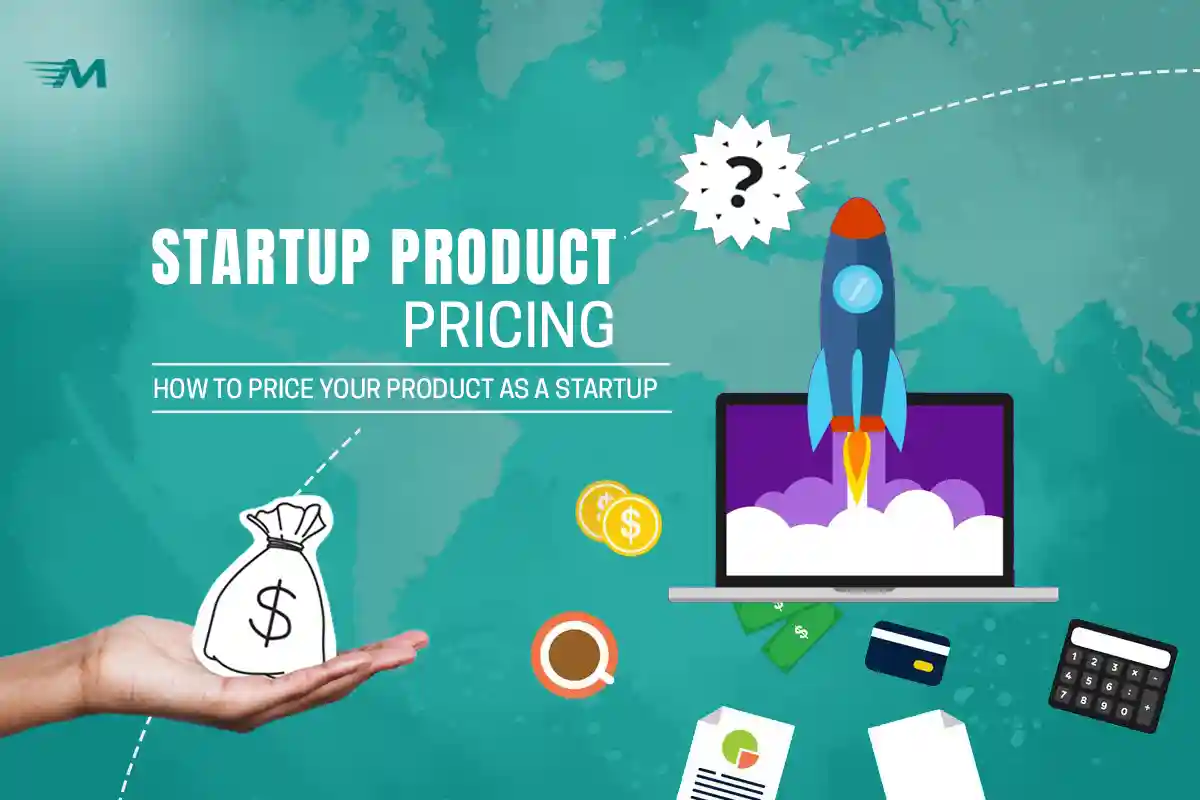Startup Product Pricing: How to Price Your Product as a Startup
Introduction
Starting a new business comes with endless decisions, and one of the most crucial is determining the right startup product pricing. Getting your pricing right in the early stages can have a huge impact on your growth, profitability, and brand image. It’s not just about attaching a number to your product it’s about finding the ideal balance where customers feel they are receiving excellent value while your startup earns enough profit to operate, scale, and compete in the market.
The right startup product pricing strategy can help position your brand effectively, attract your target audience, and create a foundation for long-term success.
For startups, this decision can feel overwhelming. Price too high, and you might scare away potential customers. Price too low, and you could hurt your profits or even damage your brand’s image. This guide will walk you through how to price your product as a startup step-by-step, so you can make confident, informed decisions.
Table of Contents
Know Your Costs First
Before setting any price, you need to know exactly what it costs you to produce and deliver your product.
There are two main types of costs:
- Fixed Costs – These are expenses that stay the same no matter how much you produce, like rent, employee salaries, and insurance.
- Variable Costs – These costs change depending on how much you produce, such as materials, packaging, and shipping.
A helpful way to figure this out is by doing a break-even analysis. This tells you the minimum price you need to charge to cover your expenses. For example, if your monthly costs are ₹1,00,000 and you plan to sell 1,000 units, your break-even price is ₹100 per unit.
Study Your Market
Once you understand your costs, the next step is to research your market. This helps you understand where your product fits in and what customers are willing to pay.
Look at what your competitors are charging. Are they targeting a budget-conscious audience or a luxury market? Identify your target customer’s spending habits and buying power. Also, keep an eye on market trends, economic conditions, and consumer behavior can influence how much people are willing to pay.
Remember, your goal is not just to copy competitor prices but to find a position that works for your product and your audience.
Choose a Pricing Strategy
There are several ways you can set your price, and the right one depends on your goals, market, and brand positioning.
1. Cost-Plus Pricing
This is the simplest method. You calculate your total cost per product and then add a profit margin. If it costs ₹500 to make your product and you want a 40% profit, you sell it for ₹700.
2. Value-Based Pricing
Here, you set your price based on how valuable your product is to your customers. If your product saves customers a lot of time or money, they may be willing to pay more.
3. Competitive Pricing
This means setting your price in line with competitors, either slightly lower, the same, or higher if you offer more value.
4. Penetration Pricing
You start with a lower price to attract customers quickly, then raise it later.
5. Premium Pricing
You set a higher price to position your product as a luxury or exclusive item.
Think About Customer Perception
Your price sends a message about your product. High prices can signal quality and exclusivity, while low prices may suggest affordability or lower quality.
If you want to build a premium brand, avoid underpricing. If your goal is to reach a wider audience, make sure your price is competitive while still profitable.
Test and Adjust Your Price
Pricing isn’t something you set once and forget. Test different price points to see what works best.
You can run A/B tests, where different groups see different prices. Track your sales data and ask customers for feedback. If sales slow down or customers say your product is too expensive, you may need to adjust.
Use Psychological Pricing Tricks
Sometimes, small changes in the way you display your price can make a big difference.
- Charm Pricing – ₹999 looks cheaper than ₹1,000, even though the difference is just ₹1.
- Bundling – Offering products together at a small discount can increase sales.
- Anchoring – Showing a higher “original” price next to the current price makes it look like a deal.
- Tiered Pricing – Giving customers multiple options encourages them to choose the mid-range or premium option.
Avoid Common Pricing Mistakes
Many startups make the same errors when setting prices:
- Underpricing – Thinking low prices will win customers, but it often hurts profits.
- Overpricing – Charging too much without providing enough value.
- Ignoring Costs – Forgetting to include hidden expenses like packaging or shipping.
- Not Updating Prices – Sticking to the same price for years despite changes in the market.
Final Tips for Success
- Always know your costs before setting a price.
- Understand your audience and what they’re willing to pay.
- Select a pricing strategy that aligns with your brand.
- Test regularly and make adjustments when needed.
Conclusion
Knowing how to price your product as a startup is one of the most important skills for a new business owner. The right price helps you cover costs, attract customers, and grow your brand.
Pricing is both a science and an art; it’s about balancing numbers with an understanding of human behavior. If you keep testing, listening to customers, and watching the market, you’ll find a price that works for both you and your buyers.



